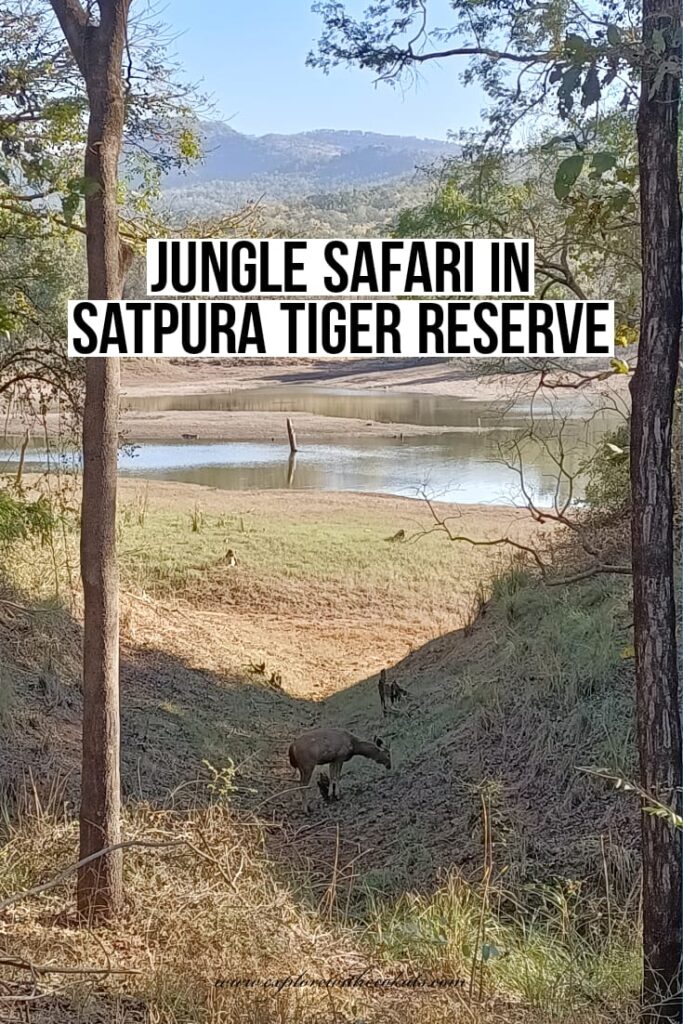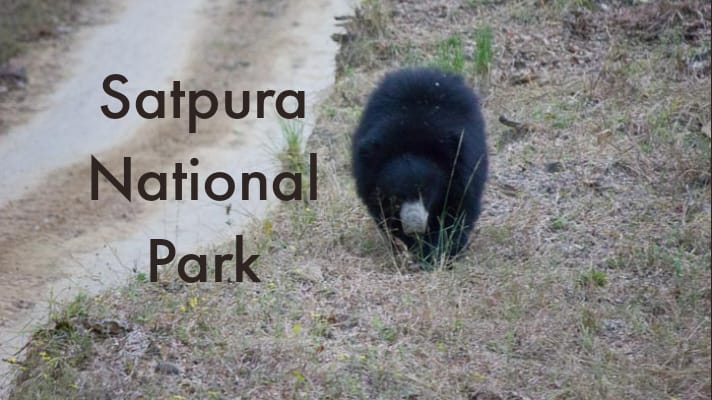Last Updated on May 5, 2023 by
Satpura Tiger Reserve offers offbeat wildlife safari in Madhya Pradesh. Read on to know why.
I am a believer in spending vacation in Indian jungles. They soothe and calm visitors from the hectic technology ridden lives.
While the tiger reserves in MP (Madhya Pradesh) such as Bandhavgarh, Panna, Kanha and Pench are extremely popular among tourists and wildlife enthusiasts, Satpura takes a backseat when it comes to choosing it for tiger tourism.
There is enough density of big cats in Satpura Tiger Reserve, but the sheer size of the forest makes it a little bit difficult as compared to the popular counterparts.
However, that does not mean Satpura National Park should be left out because it is a haven for sighting many other mammals and birds.
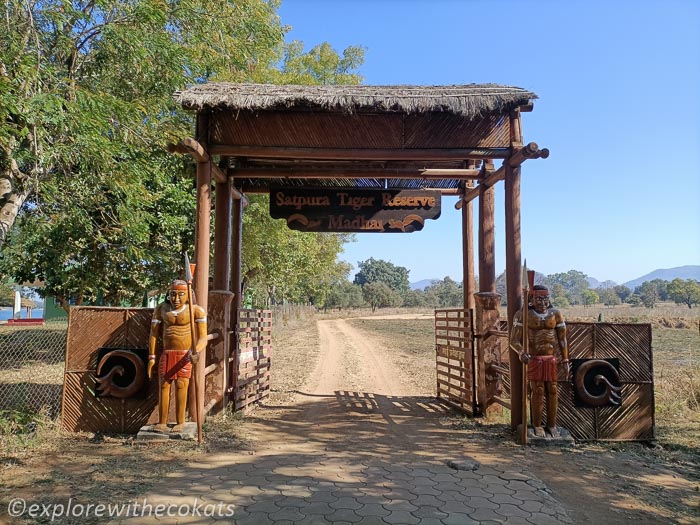
Table of Contents
WHERE IS SATPURA TIGER RESERVE?
Satpura Tiger Reserve is a national park located in the Hoshangabad, Betul and Chhindwara districts of Madhya Pradesh. The park is part of the Pachmarhi Biosphere Reserve. It is one of the closest reserves from the state capital of Bhopal.
The high mountains, deep gorges and dense forests of Satpura hold secrets bountiful that one can discover only by venturing further into its unexplored terrain. Located in the Hoshangabad, Betul and Chhindwara districts of Madhya Pradesh, Satpura Tiger Reserve, a part of the Pachmarhi Biosphere Reserve, attracts a large crowd of tourists each year.
The topography of the park consists of deep gorges, mountains, reservoirs, backwaters and mixed deciduous forests, providing a range of habitats to suit a variety of animals.
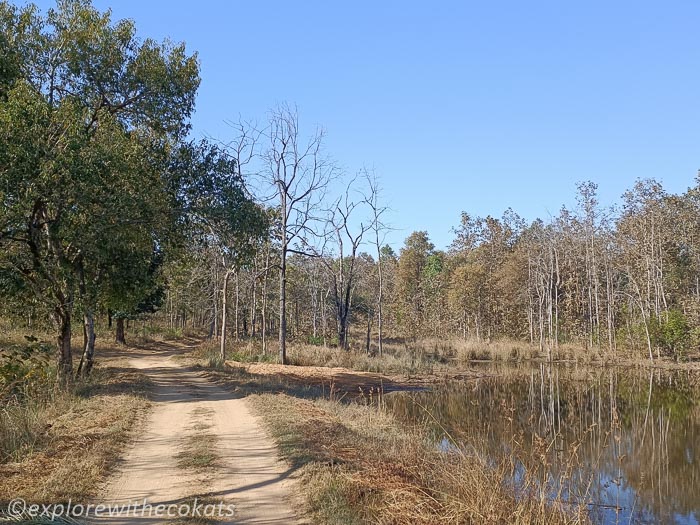
WILDLIFE OF SATPURA NATIONAL PARK
Although Satpura is notified as a tiger reserve, the diversity of wildlife is huge. The next best mammal to tiger is the leopard and sloth bear and the sightings between the sal and teak trees is just fantastic.
The reserve was notified in the year 2000 and is home to over 90 species of trees, 50 species of mammals, 300 species of birds, 100 species of butterflies and more than 30 species of reptiles.
ALL ABOUT SATPURA TIGER RESERVE
Why is Satpura famous?
Satpura National Park is rich in biodiversity of trees and wildlife. The animals here include sloth bear, Indian bison, leopard, sambar, chital, nilgai, dholes (wild dogs), four-horned antelope, wild boar, black buck, gecko, Indian fox, porcupine, flying squirrel, barking deer, and Indian giant squirrel.
The bird diversity is amazing too with birds such as many varieties of owls, eagles, buzzards, kites and hornbills.
Although other animals are seen in most national parks in India such as Manas National Park, Assam, Jim Corbett National Park, Uttarakhand, and Gir National Park, Gujarat, sloth bear is unique for these forests.
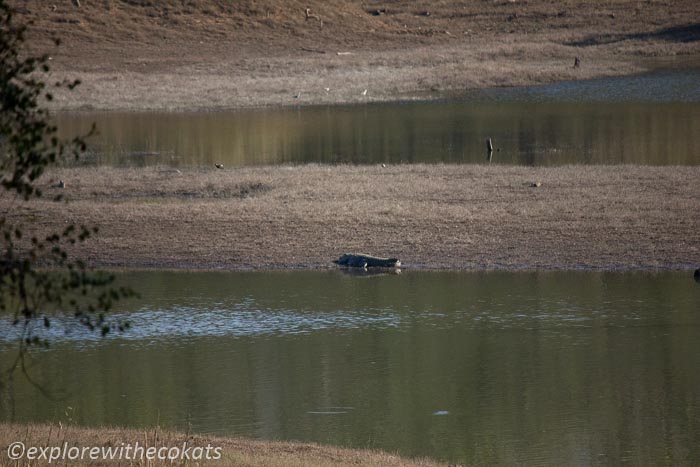
Zones in Satpura Tiger Reserve
Satpura is divided into 4 core zones and 4 buffer zones.
Core zones are Churna, Madhai, Mallupura and Panaarpani while the buffer zones are Pipariya, Jamani Dev, Parsapani and Tamia Delakhari. Madhai and Churna are the most popular of all the entry gates of Satpura National Park.
Satpura National Park safari cost
Satpura National Park has three kinds of safari options – jeep (gypsy), boat and walking. It is possible to book safari online.
Jeep Safari
Depending on the zone, the entry gates are different. One gypsy safari will cost INR 3500/- (includes vehicle and guide charges) and another INR 1500/- for entry permits to the park. The gypsy can accommodate up to 6 visitors other than the gypsy driver and forest guide.
Boat Safari
Boat safari happens in Tawa Reservoir through narrow water inlets of the Denwa River. I did not do the boat safari in Satpura but it surely looked refreshing. I have done boat safari in Periyar National Park because that is the only way to safari there, but the chances of sighting wildlife is less from a boat safari. Still, a fun activity and among the things to do in Satpura.
Tickets for boat safari are available near the office at Madhai gate. Boat safari cost is INR 500/- per person.
Walking safari in Satpura National Park
One of the highlights of Satpura is the option of walking safari in buffer zones. Walking amidst the beautiful teak and sal trees trying to sight wildlife is a thrill worth experiencing. Walking safari is conducted with a trained naturalist and guide who take visitors on a predefined route. The walking safari is offered by hotels and resorts. Ask your resort if they offer one!
There are options of night safari in Satpura as well.
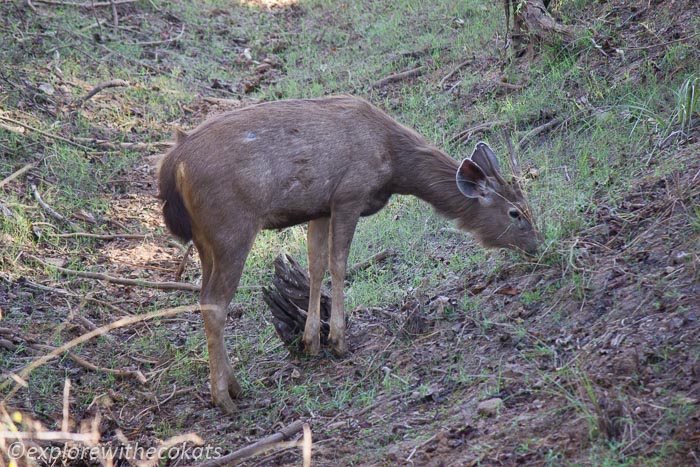
Safari Timings
Morning and afternoon safaris are of 3 hours duration. The morning safari timing is 6 am to 9 am and afternoon is 3 pm to 6 pm.
There is a possibility of a full day safari in Churna zone that lasts from early morning to noon and again 3 pm to 6 pm.
Safari vehicles
Safari vehicles are jeep or gypsy vehicles that are open from top and side with safety bars to hold on both sides. It is compulsory to enter the tiger reserve in these designated gypsies with an allotted guide and driver.
In Churna zone, tourists can take their own pollution free, four-wheeled vehicle capable of going through the rough forest terrain.
Best time to visit Satpura Tiger Reserve
Satpura National Park is open from mid-October until the end of June. Just like all national parks in India, the Satpura reserve is closed for the monsoon season (July to mid-October). During May and June the temperatures are extremely high such as 40 – 50°C. Winter months are very cold with temperatures as low as 4 – 5°C in early mornings.
Both morning and afternoon safari provide different vantage points for wildlife sightings and I suggest doing both of them from different zones.
Satpura Tiger Reserve Accommodation options
Satpura has 3 forest rest houses at Pachmarhi, 2 at Churna and 1 at Madhai with double bedrooms. These are basic rooms that can be booked through the Satpura Tiger Reserve office.
There are many private hotels and resorts on the Denwa periphery as well as near the other zone gates.
I stayed at the Goldmark Resort which is right on the bank of Tawa Reservoir. The view from most rooms is of the reservoir and is beautiful. Amenities include indoor games, library and pool. The resort can help you book the tickets for Satpura Tiger Reserve.
Other accommodation options here include:
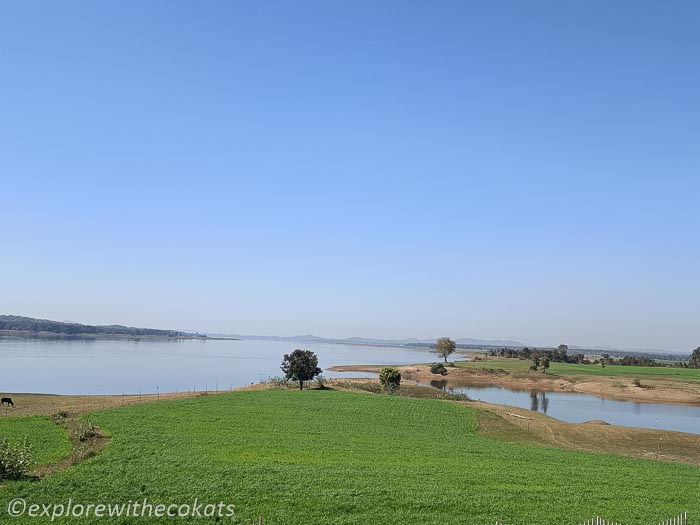
How To Get Around Satpura National Park
By Air
Bhopal is the closest city from Satpura Tiger Reserve at 150 km connected via flight. From Bhopal, one can hire a taxi to reach the reserve. There aren’t many options for booking a taxi upon arrival so it is best to request a pick-up from the hotel/resort where you are staying.
By Train
Itarsi is a prominent railway junction with trains from all across the country and is just 70 km away. Piparia (40 km), Sohagpur (20 km), Hoshangabad (70 km), Bhopal (140 km), and are well-suited stations for Satpura. There are several trains to these stations on a daily basis. From these stations, one has to hire a taxi.
By Road
One can drive from Bhopal via Hoshangabad city, Betul city or Pipariya town to reach Madhai gate. The best part about reaching the Madai gate is that one has to get on a boat and cross the Denwa river. The commute is included in the safari cost.
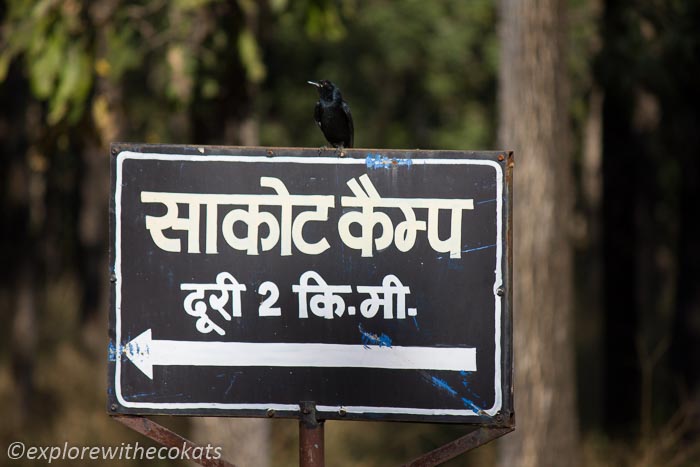
SATPURA TIGER RESERVE EXPERIENCE
Why waste a weekend near a tiger reserve by not going there?
My husband and I were to travel to Itarsi for a family function and this question arose. Combining social functions and festivals with wildlife trips is our motto! And hence a trip was planned to Satpura National Park. We called up our go to guide and wildlife planner – Joy of WildchasersIndia and booked 2 safaris to Satpura – our first MP jungle!
Our cousin picked us up from the Itarsi train junction at 9 am and we headed towards Madai in the car. This road trip in February included crossing country roads through wheat fields swaying happily in the crisp cold wind. Briefly it was time for a pit stop that included bhaji wada and chai!
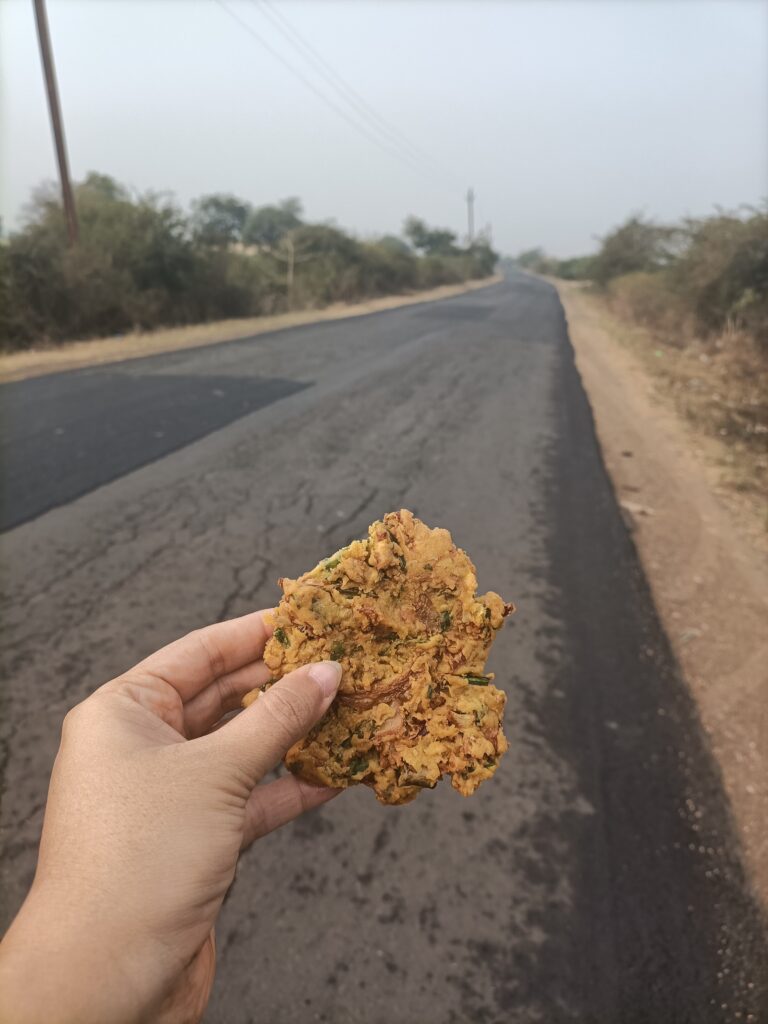
In about 2 hours we reached our hotel on the banks of Tawa Reservoir. After check-in, we napped, freshened up and had lunch.
We walked about 500 meters to the boat jetty. The boat service starts at 2:30 pm and takes visitors to the other bank, to the Madai gate.
Safari in Madai zone
At the Madai gate jeeps were allotted to us with a driver and guide. We entered the gate at 3 pm.
Our guide gave us a brief introduction about the Satpura reserve – the area covered, the diversity, zones, etc.
20 minutes into the safari, our guide sighted a family of Sloth Bears – a mother with 2 sub-adult cubs. As they crossed the road, sniffed trees and played with each other, our cameras kept busy. We spent a good 15 minutes in their presence and went further.
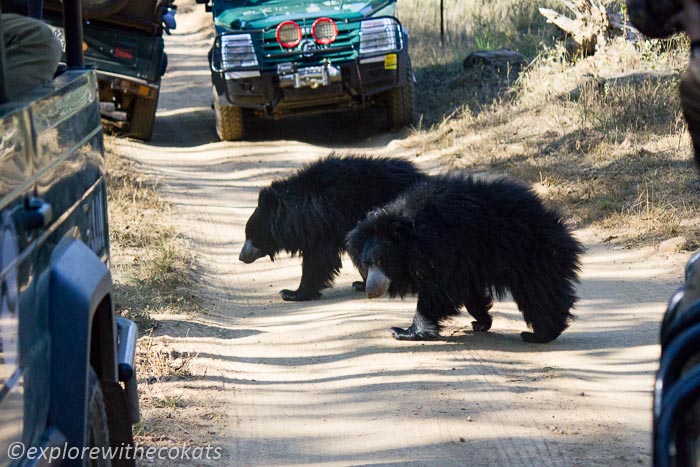
The next 2 hours were spent looking for pugmarks, hearing alarm calls of langurs, birdwatching and just soaking in the forest vibe.
Unfortunately it turned out to be a dry safari (no tiger sightings). However, we saw plenty of crocodiles, spotted deer, sambar deer and birds.
The sunset on Denwa backwaters was extremely picturesque and we spent some peaceful moments on the river bank.
Safari in Churna zone
When Joy told us that there was an option of a full day safari in Satpura Tiger Reserve, we were extremely excited and wanted to make use of it. The excitement further fueled when he informed us that we would be crossing the Madai zone into the core zone of the forest and then entering into the Churna zone.
We followed the same routine – went to the boat jetty, crossed the bank and a safari was allotted to us at Madai to go to Churna.
The cold winter winds made our teeth chatter and froze our hands. But the eyes were open for any movement and ears for any alarm calls.
On this day too, we saw crocodiles, Indian bison, herds of spotter deer, sambar deer and 3 types of owls.
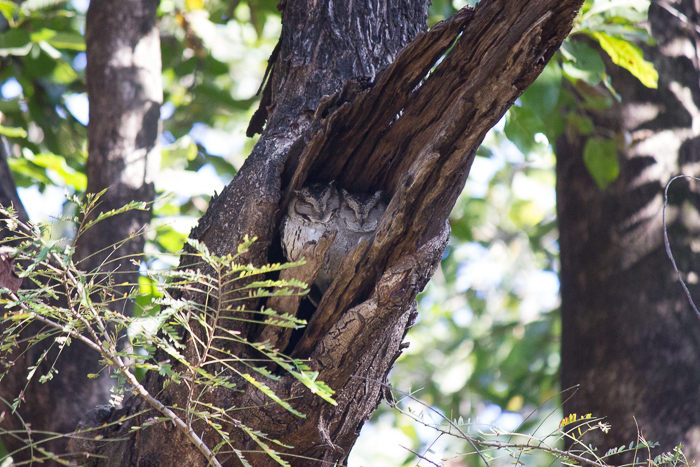
We took a break and had our breakfast at one of the rest stops in the Churna zone. With yummy parathas, sandwiches, fruits and chai packed by our hotel, we fueled up with the hope of spotting tigers in Satpura.
The jungle provided us many opportunities for the possibility of tiger sightings with alarm calls and fresh pugmarks. Unfortunately, the morning safari turned out to be dry as well, and we headed towards the Churna forest rest house for our lunch.
Here, we met with other wildlife enthusiasts and many stories entertained us from previous days and years. A group showed us their photographs of a leopard from earlier in the day. Another lady shared her experience of sighting a tiger from last year. A scrumptious lunch later, we were pleasantly surprised by a visitor.
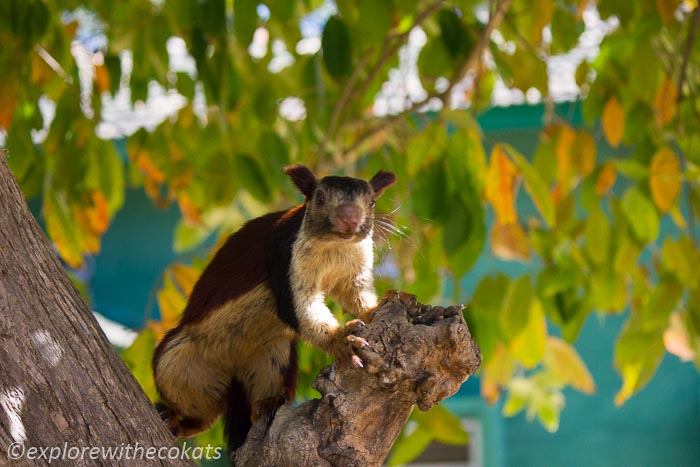
Now it was time for the afternoon safari and we drove to all the possible places where tiger territory is. We checked out water holes and other areas.
Finally, some fresh pugmarks!
The pugmarks stayed with us for almost 2 km and according to our guide the tiger crossed this area when we were lunching!
It was almost 4:30 pm and we had to leave the Churna zone to get into Madai and leave from Madai at 6pm – the gate closing time.
As we drove towards Madai, the pugmarks appeared again, only to disappear in the bushes after a while. Another jeep who had noticed the pugmarks was on standstill as they also heard a faint growl. We waited for a bit for a movement, a call, a growl, but nothing happened.
We drove back to Madai with no sightings of the tiger or leopard but fantastic memories of Satpura jungle.
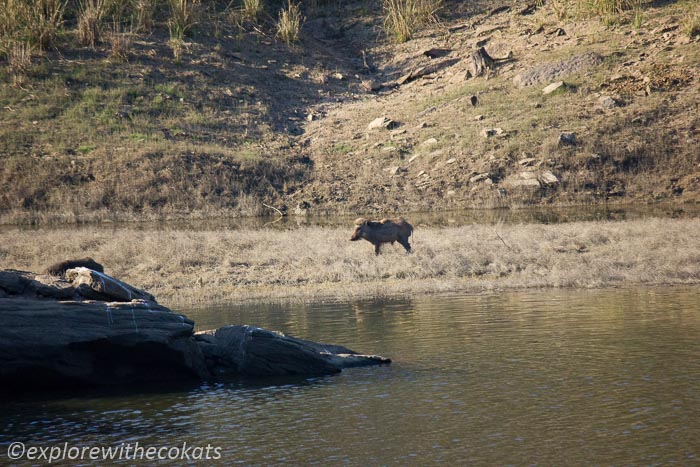
FAQs FOR SATPURA SAFARI
Is Satpura National Park worth visiting?
YES! Satpura is one of the most promising wildlife reserves in India with wide diversity in wildlife. Visitors have the chance to see tiger, leopard, sloth bear and gaur all within one reserve. The forests of Satpura are enchanting with teak and sal trees all around.
Which zone is best for tiger sighting in Satpura?
Satpura Tiger Reserve is divided into 4 core zones and 4 buffer zones. Although there is no guarantee of tiger sightings, Churna and Madai zones are popular for tiger, leopard and sloth bear sightings.
SUSTAINABLE TRAVEL TIPS
- Do not get down from the jeep ride in the national park as it is against the rules.
- Avoid wearing perfume or body spray with a strong scent. It distracts wild animals.
- Wear camouflage colours that will easily blend with the jungle – shades of green, brown and grey.
- Be quiet in the jungle and maintain jungle decorum.
- You may carry water and snacks in the jeep but do not dispose of plastic or leftover food in the jungle. Keep it in your bag or gypsy and dispose of it safely once you return to the hotel.
- Do not feed anything to wild animals.
Read More posts from Madhya Pradesh
- Bhojeswar Shiva Temple, Bhopal
- Places to visit in Pachmarhi
- Orchha Fort
- Plan a trip to Mandu Madhya Pradesh
- Places to visit in Indore
Disclaimer: This post contains affiliate links. It means it adds no extra cost to you if you book through the link but I get a referral bonus which helps me earn a little to keep this website up and running.
PIN THIS POST!
